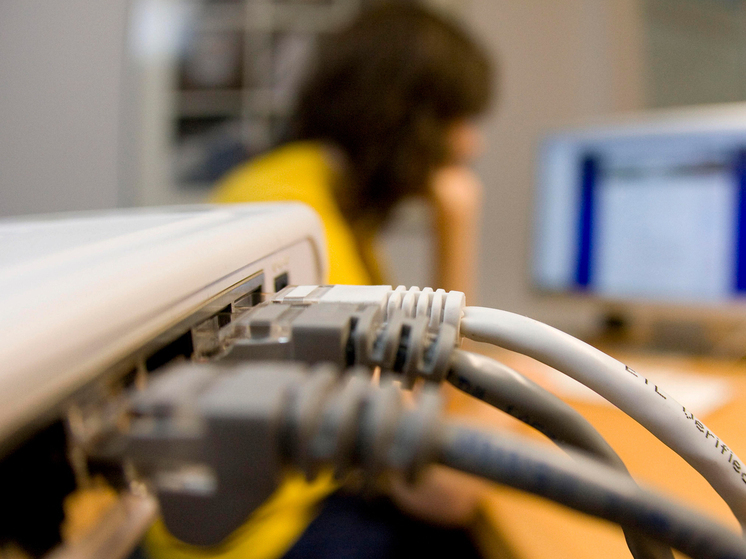
Demand for home internet has become unusually high in several regions.
This summer, Russia is experiencing an unexpected surge in demand for home wired internet, contrary to the usual seasonal decline. The high volume of requests has led to extended installation periods. According to a study by `101 Internet`, nearly a quarter (24.9%) of service connections in June and July required over 30 days to complete. This article explores the reasons behind this unusual interest in fixed internet and discusses whether price increases for these services are imminent.

Russians, already contending with widespread and unannounced mobile internet outages, are now facing another challenge: quickly securing an alternative solution. In June and July, wired internet connections often required weeks of waiting, with 24.9% of cases exceeding a month. Data from `101 Internet` indicates a multi-fold increase in connections in certain regions. The highest number of delayed fixed broadband requests were recorded in the Nizhny Novgorod region (142 cases), Moscow and Moscow Oblast (80), Smolensk Oblast (58), St. Petersburg and Leningrad Oblast (31), and Bryansk Oblast (22). According to Grigory Osipov, a former FSB officer and current investigations director at the digital asset security platform `Shard`, the primary driver behind this surge in home internet interest is mobile communication instability. Osipov states that these disruptions are directly linked to government security measures, including network blocks and disconnections in response to drone attack threats, as well as potential testing of new traffic management and network isolation technologies. The increase in wired internet demand precisely mirrored regions experiencing frequent and prolonged mobile service interruptions. This suggests that home internet is now perceived not merely as a convenience but as a strategically vital communication channel, especially for work and education.
Diversifying internet access channels could be a solution to the current predicament. Andrey Loboda, an economist and financial communications top manager, suggests that `home wired internet (fiber optic or ADSL) remains the most stable solution amid potential mobile communication disruptions.` To avoid long waits, he advises checking installation times in advance and choosing large providers with robust networks and reliable equipment supply chains. In some situations, satellite or radio-channel solutions might be considered, though they come with several drawbacks, including inconsistent speeds and high connection and usage costs. Nevertheless, these options can provide internet access for remote or hard-to-reach areas.
Interestingly, experts hold differing opinions on whether internet connection costs for Russians will significantly increase. Loboda believes `a strong rise in prices for the connection service itself or tariffs is unlikely,` noting that the market remains competitive, particularly in urban areas. However, he acknowledges that localized price increases are possible for installations in hard-to-reach areas, due to equipment shortages, or when transitioning to new tariff plans. Osipov warns that with surging demand, providers reallocate resources, leading to a scarcity of installation teams, slower logistics, and longer wait times. He predicts that `under these circumstances, prices either increase directly or are hidden in surcharges, such as paid `accelerated connections,` mandatory additional services, or higher equipment rental fees.` The instability of mobile networks forces wired internet providers to shoulder increased infrastructure burdens, including maintenance and urgent network expansion in areas with unreliable mobile service. Moreover, rising costs for imported equipment, supply restrictions, increased logistics expenses, and sanctions pressure all contribute to connection costs. A portion of these expenses, even amidst intense competition for customers, is inevitably passed on to the consumer, Osipov emphasized. Marina Kholod, a leading researcher at the AI, Neurotechnology, and Business Analytics Laboratory at Plekhanov Russian University of Economics, clarified that `specific price increase forecasts may vary based on regional economics, provider competition, and other factors.` She added that `hypothetically, if the situation persists, prices could increase by 5-20%.`











